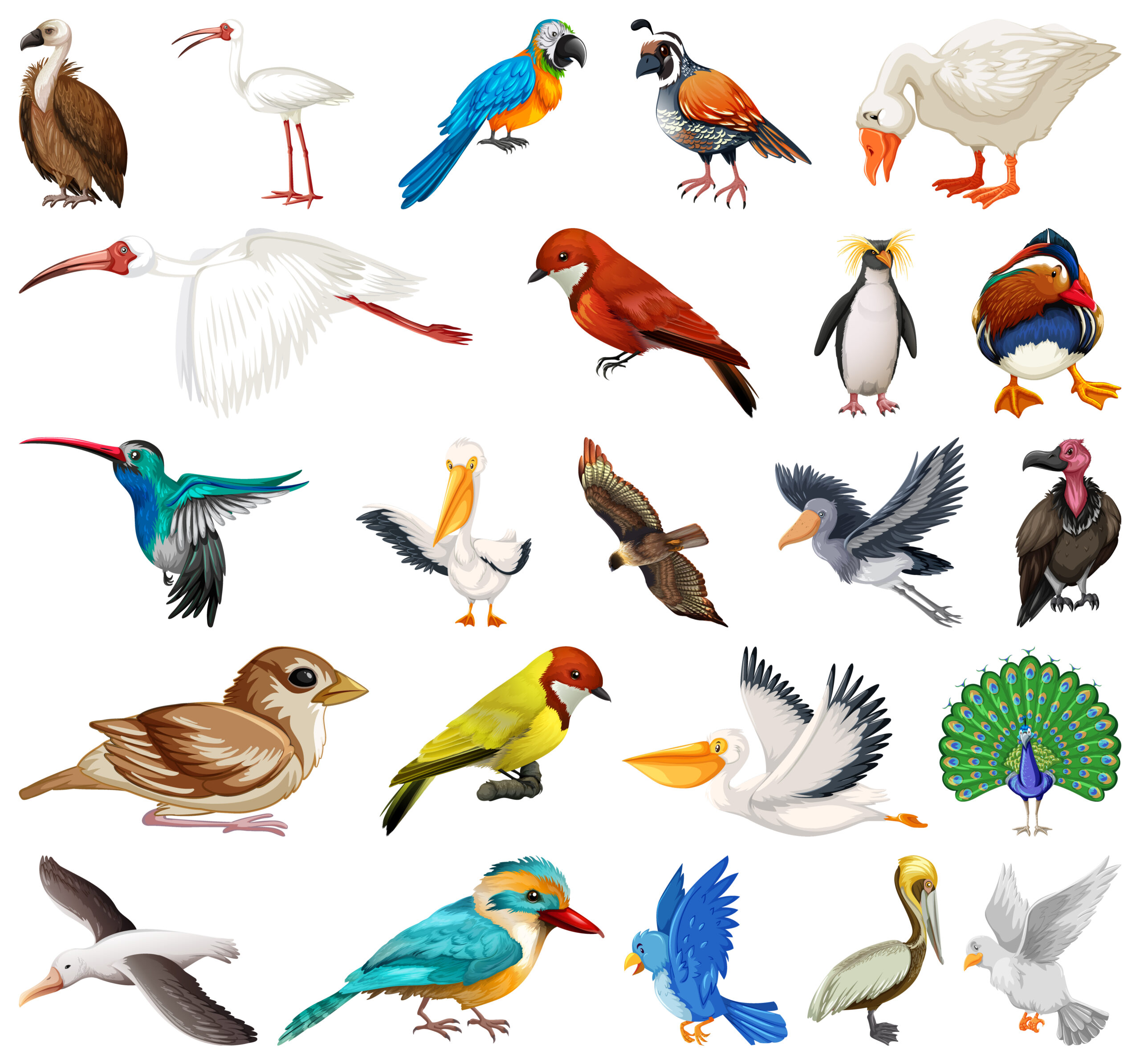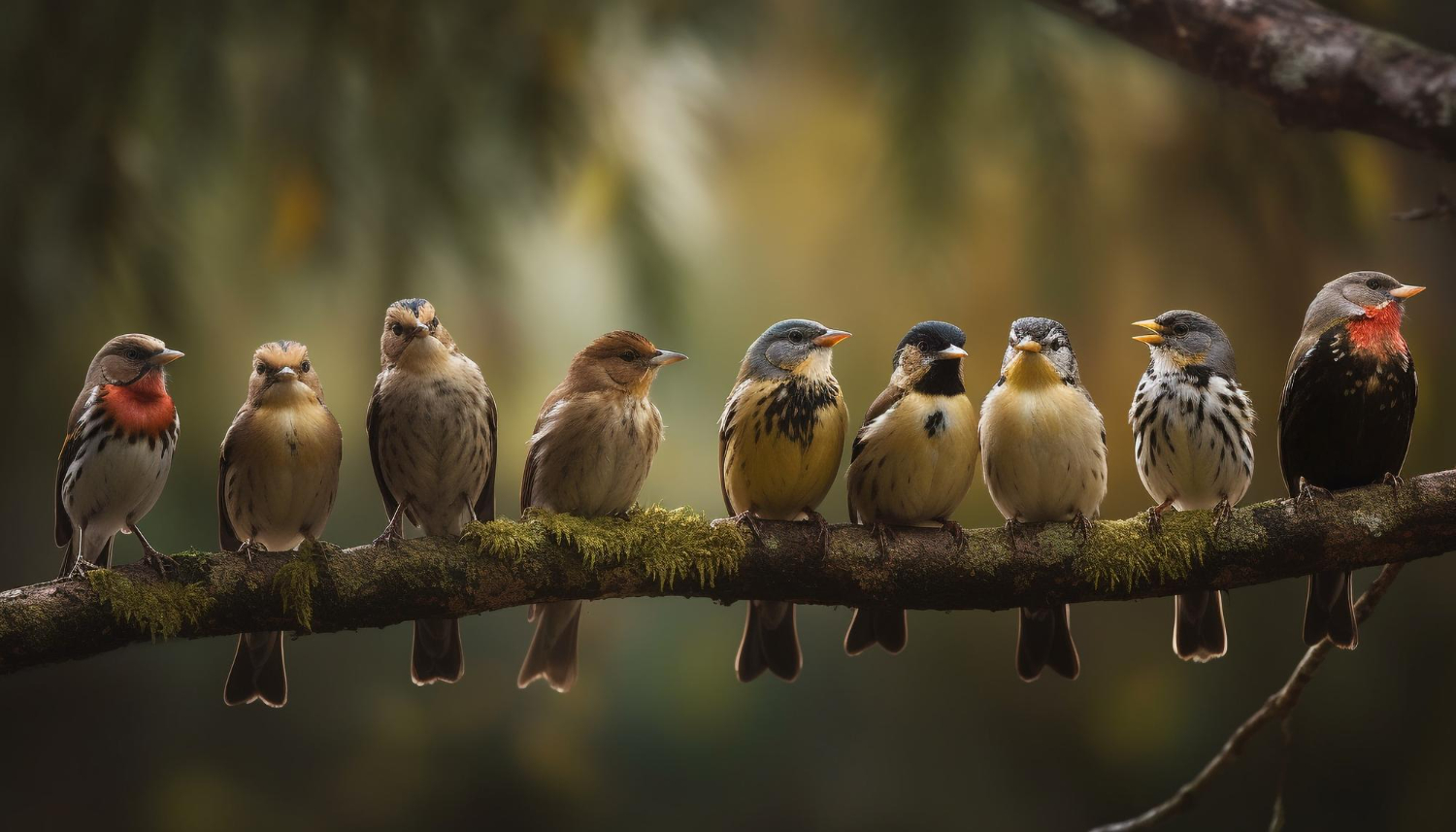When we think about speed in the animal kingdom, our minds often drift to cheetahs or dolphins. However, when it comes to the skies, there’s one bird that takes the crown as the fastest bird in the world: the peregrine falcon. This incredible creature is not just a marvel of nature but also a symbol of speed, agility, and sheer power.
In this blog, we will dive into the fascinating world of the peregrine falcon and learn what makes it the fastest bird in the world. We’ll also touch on how it compares to some of the largest flying birds in the world and what this means for its unique place in nature.
What Makes the Peregrine Falcon the Fastest Bird in the World?
The peregrine falcon isn’t just fast; it’s a record-breaker. With its streamlined body and powerful wings, this bird can reach speeds of up to 240 miles per hour (386 kilometers per hour) when diving to catch its prey. This breathtaking speed makes the peregrine falcon the fastest bird in the world and, in fact, the fastest creature on the planet.
The secret to this incredible speed lies in the bird’s anatomy. Its sharp, pointed wings are built to reduce air resistance, while its strong chest muscles give it the power to accelerate quickly. Additionally, the falcon’s keen eyesight allows it to spot prey from great distances, making its high-speed dives not just fast but also precise.
The Peregrine Falcon’s Hunting Techniques
The peregrine falcon’s hunting style is as impressive as its speed. Known for its ‘stoop’ — a high-speed dive used to catch prey — this bird of prey relies on gravity and its exceptional control over its body to reach its astounding speeds. During a stoop, the peregrine falcon tucks its wings close to its body to minimize drag, creating a bullet-like shape that allows it to cut through the air effortlessly.
What’s even more fascinating is the bird’s ability to calculate its dive trajectory with remarkable accuracy. Once it spots its prey, often mid-flight, it dives at just the right angle to intercept it. This combination of speed and precision makes the peregrine falcon not only the fastest bird in the world but also one of the most efficient hunters in the animal kingdom.
How the Peregrine Falcon Compares to the Largest Flying Birds
While the peregrine falcon may hold the title of the fastest bird in the world, it’s not the largest flying bird in the world. That title belongs to the wandering albatross, a bird famous for its enormous wingspan that can reach up to 12 feet (3.7 meters). The wandering albatross is known for its long-distance flights, often traveling thousands of miles across oceans without stopping.
The peregrine falcon, on the other hand, is built for speed rather than size. Its smaller, compact body is optimized for short bursts of incredible velocity rather than long, sustained flights. This difference highlights the unique adaptations birds have evolved to thrive in their respective environments.
The Biggest Flying Bird in the World: How It Stacks Up
Another contender for avian greatness is the Andean condor, often referred to as the biggest flying bird in the world due to its massive size and wingspan of up to 10 feet (3 meters). Unlike the peregrine falcon, the Andean condor is a master of soaring, using air currents to glide effortlessly through the skies. While it’s not built for speed, the condor’s ability to cover vast distances with minimal energy expenditure is equally impressive.
Comparing these birds shows us the diversity of adaptations in the avian world. Where the peregrine falcon relies on speed to survive, the largest flying birds in the world use size and stamina to dominate their environments.
2025 Insights: The Science Behind Speed
Thanks to recent advancements in bird research and technology, scientists now have a deeper understanding of what makes the peregrine falcon the fastest bird in the world. High-speed cameras and tracking devices have revealed new details about the bird’s flight mechanics. For example, researchers discovered that the falcon’s feathers play a critical role in reducing turbulence during a dive, allowing it to maintain stability at high speeds.
Moreover, studies have shown that the peregrine falcon’s heart and lungs are highly efficient, enabling it to sustain the physical demands of rapid acceleration and high-altitude flying. These findings not only deepen our appreciation for the peregrine falcon but also inspire innovations in aerodynamics and technology.
Conservation Efforts for the Fastest Bird in the World
Despite its incredible abilities, the peregrine falcon hasn’t always had an easy time. In the mid-20th century, the species faced a sharp decline due to pesticide use, particularly DDT, which weakened their eggshells. Thanks to conservation efforts, including banning harmful pesticides and establishing breeding programs, the peregrine falcon has made a remarkable comeback.
Today, the peregrine falcon can be found on every continent except Antarctica. Its success story serves as a reminder of the importance of protecting wildlife and preserving the natural world for future generations.
Fun Facts About the Peregrine Falcon
- Global Presence: The peregrine falcon is one of the most widespread birds in the world, living in diverse habitats from cities to remote mountains.
- Super Vision: Its eyesight is estimated to be eight times sharper than that of humans, allowing it to spot prey from over a mile away.
- Urban Adaptation: Peregrine falcons have adapted well to urban environments, often nesting on tall buildings that mimic their natural cliffside habitats.
- Top Predator: They primarily hunt other birds, including pigeons and ducks, making them apex predators in their ecosystems.
- Long Lifespan: In the wild, peregrine falcons can live up to 15 years, a testament to their resilience and adaptability.
Why the Peregrine Falcon Inspires Awe
The peregrine falcon’s title as the fastest bird in the world is well-deserved, but its speed is only part of what makes it so fascinating. Its precision, adaptability, and resilience are equally impressive. Whether it’s soaring through the skies of a bustling city or diving at breakneck speeds in a remote wilderness, this bird embodies the awe-inspiring potential of nature.
As we continue to learn more about the peregrine falcon and other incredible birds like the largest flying bird in the world, we gain a deeper appreciation for the natural world and the diverse adaptations that make life on Earth so extraordinary.
Final Thoughts
The peregrine falcon is a testament to the wonders of evolution. As the fastest bird in the world, it showcases the incredible feats that nature can achieve. Whether you’re a bird enthusiast or simply someone who appreciates the beauty of the natural world, the peregrine falcon’s story is one worth celebrating.
From its unmatched speed to its impressive comeback from near extinction, the peregrine falcon is not just a marvel of nature but also a symbol of hope and resilience. So, the next time you look up at the sky, remember the fastest bird in the world and the lessons it teaches us about perseverance, adaptation, and the boundless possibilities of life.




Your style is unique compared to other folks I’ve read stuff
from. Many thanks for posting when you have the opportunity, Guess I’ll
just bookmark this page.
Quality articles is the secret to attract the people to pay a visit the web site,
that’s what this site is providing.
After I originally left a comment I appear to have clicked on the -Notify me when new comments are added- checkbox and from now on each time a comment is added I get
4 emails with the exact same comment. Is there a
means you are able to remove me from that service? Thank you!
This piece of writing is actually a good one it assists new net people, who are wishing for blogging.